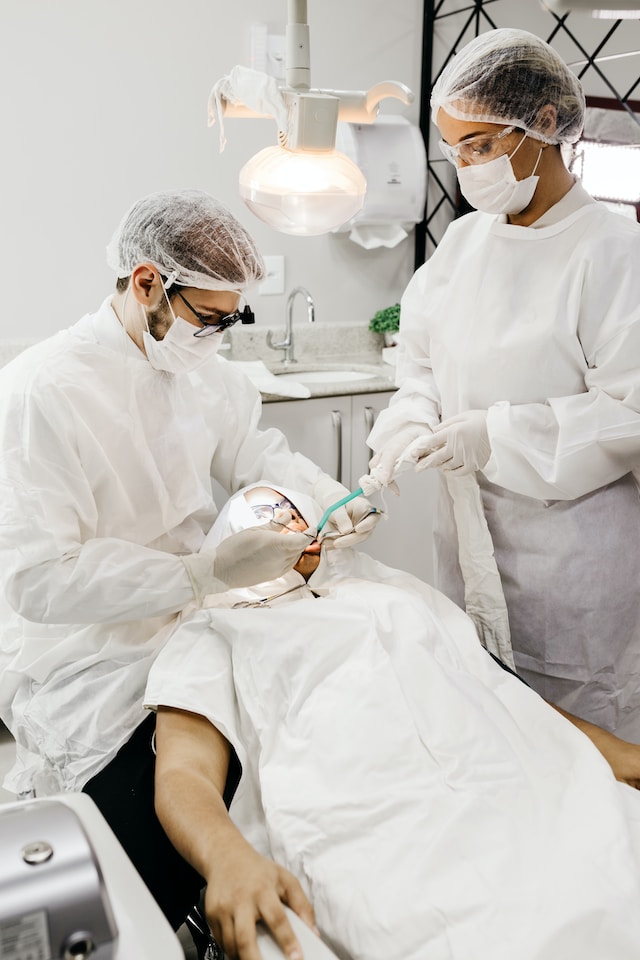To achieve the best oral hygiene results, it’s important to master the ideal sequence for brushing and flossing. Here’s a step-by-step guide to help you maintain a consistent and effective routine:
- Start with flossing: Before brushing, begin by flossing your teeth. Take about 18 inches of dental floss and wrap it around your middle fingers, leaving a few inches to work with. Gently glide the floss between your teeth, curving it around each tooth in a C-shape. Move the floss up and down, making sure to clean along the sides of each tooth and beneath the gumline. Use a fresh section of floss for each tooth.
- Brush your teeth: After flossing, proceed to brush your teeth using a soft-bristled toothbrush and fluoride toothpaste. Apply a pea-sized amount of toothpaste to your brush. Hold the toothbrush at a 45-degree angle to your gums and use small, circular motions to clean the outer and inner surfaces of your teeth. Don’t forget to brush your tongue as well to remove bacteria and freshen your breath.
- Time it right: It’s generally recommended to brush your teeth at least twice a day, ideally in the morning and before bed. Aim for a brushing duration of about 2 minutes to thoroughly clean your teeth. Be mindful of not brushing too vigorously, as it can harm your gums and tooth enamel.
- Rinse your mouth: After brushing, rinse your mouth thoroughly with water to remove any residual toothpaste or debris. Swish the water around your mouth and then spit it out.
- Consider using mouthwash: Mouthwash can provide additional benefits by killing bacteria, freshening breath, and reaching areas that brushing and flossing might have missed. If desired, choose an antimicrobial mouthwash and follow the instructions on the bottle. Swish the mouthwash around your mouth for the recommended duration and then spit it out. However, it’s important to note that mouthwash is not necessary for everyone, and you should consult with your dentist for personalized recommendations.
- Timing matters: While the sequence is important, it’s also crucial to consider timing. Avoid brushing your teeth immediately after consuming acidic foods or drinks, as it can damage the softened enamel. Instead, wait at least 30 minutes before brushing to allow the enamel to remineralize.
- Stay consistent: Maintaining a regular oral hygiene routine is key to optimal dental health. Brush your teeth and floss daily, ideally after meals, to remove food particles and plaque. Stick to the recommended brushing and flossing times to ensure thorough cleaning and effective plaque removal.
- Regular dental check-ups: Lastly, don’t forget to schedule regular dental check-ups. Your dentist can assess your oral health, provide professional cleanings, and address any concerns or issues you may have. Follow their advice for maintaining a healthy smile.
By mastering the ideal sequence for brushing and flossing, and following a consistent routine, you can maximize your oral health and contribute to a healthy smile.




